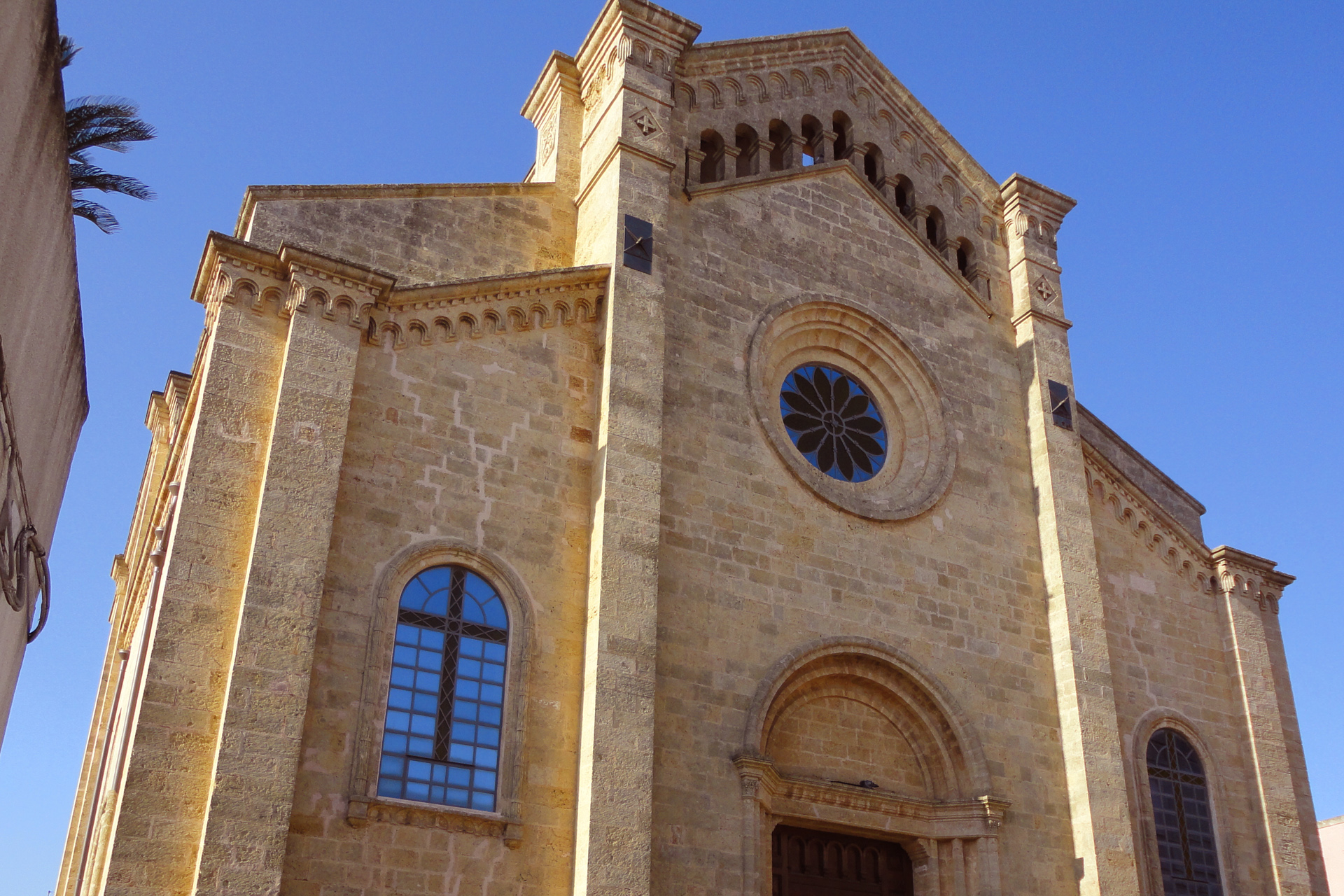Cart
1
Quantity
5,00 €
Product You May Also Like
Payment details
Sub Total
10,00 €
Shipping
Free!
Total
10,00 €
Apply

 Orecchiette Pasta
Orecchiette Pasta

















Leave a comment